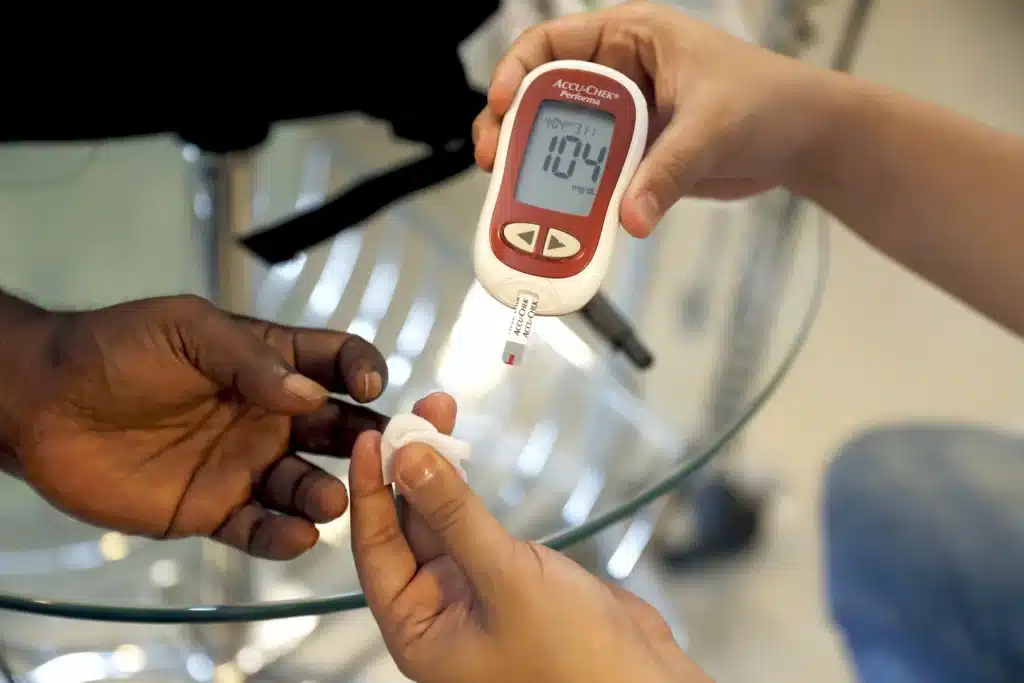In recent years, there has been a notable surge in the use of glucose monitors among individuals who do not have diabetes. Traditionally associated with managing blood sugar levels in diabetic patients, these devices have found a new audience among health-conscious individuals seeking to monitor their well-being proactively. But what exactly is driving this trend, and why are glucose monitors becoming increasingly popular among non-diabetic populations? In this article, we delve into the reasons behind this intriguing phenomenon.
The Rise of Personalized Health Monitoring
In an era where health and wellness are paramount, people are increasingly taking control of their well-being. The availability of advanced health-tracking technologies, such as glucose monitors, has empowered individuals to gather real-time data about various aspects of their health. Glucose monitors, once solely the domain of diabetic patients, are now being repurposed by health enthusiasts to gain insights into their metabolic health.
Understanding Glucose Monitors Technology
Glucose monitors, also known as blood glucose meters or glucometers, are devices designed to measure the concentration of glucose in the blood. Traditionally used by individuals with diabetes to manage their condition, these devices have evolved to offer greater convenience, accuracy, and connectivity features. Modern glucose monitors are compact, user-friendly, and capable of delivering rapid results, making them accessible to a broader audience.
Tracking Metabolic Health Beyond Diabetes
While glucose monitors are primarily associated with diabetes management, their utility extends beyond this specific medical condition. Many health-conscious individuals are leveraging these devices to monitor their metabolic health, even in the absence of diabetes. By tracking their blood glucose levels regularly, individuals can gain valuable insights into how their bodies respond to various foods, activities, and lifestyle choices.
Read more Can Individuals Under 45 Access Free Diabetes Glucose Monitors?
Managing Weight and Nutritional Choices
One of the primary reasons why non-diabetic individuals use glucose monitors is to support their weight management and nutritional goals. By monitoring their blood glucose levels before and after meals, users can identify foods that cause significant spikes or crashes in blood sugar. This data empowers individuals to make informed dietary choices, optimize their meal plans, and maintain stable energy levels throughout the day.
Enhancing Physical Performance and Recovery
Athletes and fitness enthusiasts are increasingly turning to glucose monitoring as a tool to optimize their performance and recovery. By tracking their blood glucose levels before, during, and after workouts, individuals can fine-tune their training regimens, optimize their nutrition strategies, and maximize their athletic potential. Additionally, monitoring blood glucose levels post-exercise can aid in assessing recovery status and guiding post-workout nutrition.
Also, read about How does Closing care gaps benefit from CGM data integration?
Preventing Metabolic Disorders and Chronic Diseases
Regular monitoring of blood glucose levels can serve as an early warning system for the development of metabolic disorders and chronic diseases. Even in the absence of diabetes, fluctuations in blood glucose levels can indicate insulin resistance, a precursor to conditions such as type 2 diabetes and cardiovascular disease. By identifying potential risk factors early on, individuals can take proactive steps to prevent or mitigate these health issues.
The Role of Continuous Glucose Monitoring
The advent of continuous glucose monitoring (CGM) technology has further expanded the applications of glucose monitoring beyond diabetes management. CGM systems offer continuous, real-time monitoring of interstitial glucose levels, providing users with a comprehensive view of their metabolic health throughout the day. This continuous data stream enables individuals to identify patterns, trends, and correlations related to diet, exercise, sleep, and stress.
Conclusion
The growing popularity of glucose monitors among people without diabetes underscores a broader trend toward proactive health monitoring and personalized wellness management. By leveraging these devices to track their metabolic health, individuals can make informed decisions about their diet, exercise, and lifestyle, ultimately leading to improved overall well-being. Whether it’s optimizing performance, managing weight, or preventing chronic diseases, glucose monitors have emerged as valuable tools in the pursuit of optimal health and vitality. As the field of health technology continues to evolve, we can expect glucose monitoring to play an increasingly prominent role in empowering individuals to take control of their health journey.


